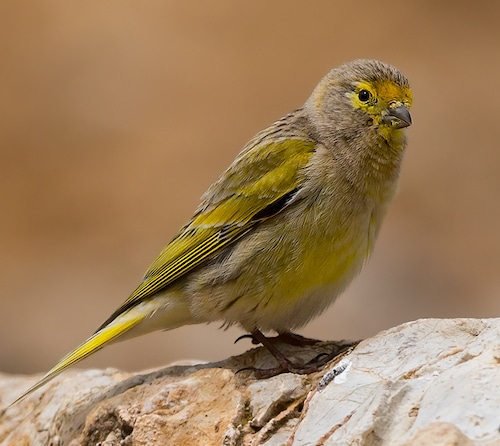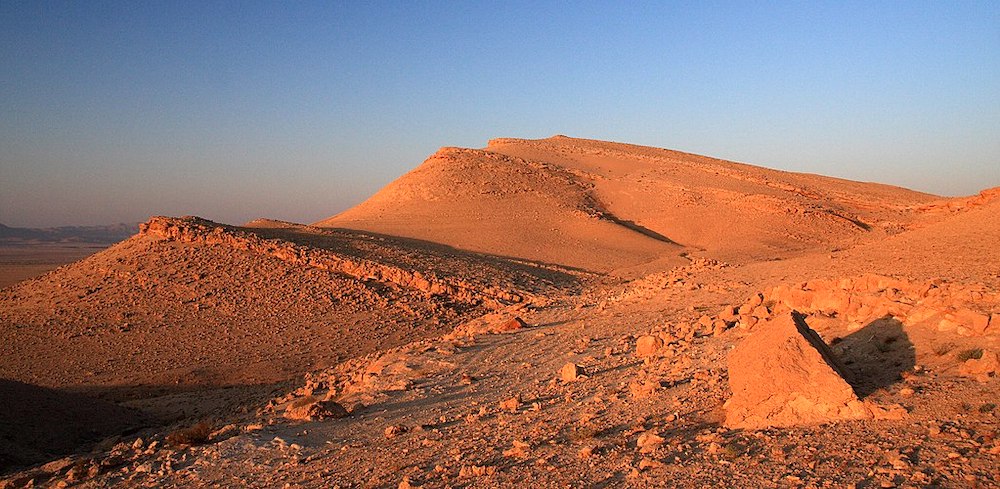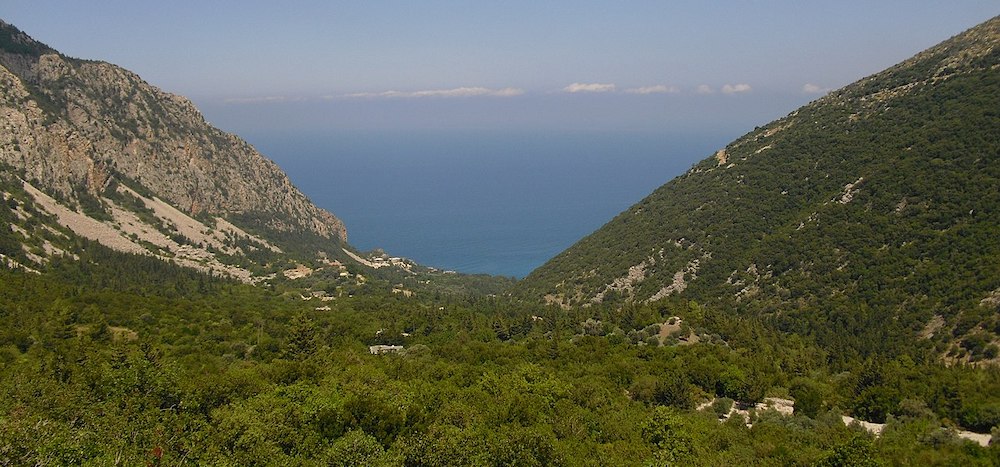Syrian Arab Republic

Syria is a country in West Asia & in the Middle East located in the Eastern Mediterranean and the Levant covering over 185,000 km² (71,500 square miles) with a population of around 24 million. It is bounded by the Mediterranean Sea to the west, Turkey to the north, Iraq to the east and southeast, Jordan to the south, and Israel and Lebanon to the southwest. A country of fertile plains, high mountains, and deserts, Syria is home to diverse ethnic and religious groups, including Arabs, Kurds, Turkmens, Assyrians, Circassians, Armenians, Albanians, Greeks, and Chechens. Religious groups include Muslims, Christians, Alawites, and Druze. The capital and largest city is Damascus with about 2.7 million inhabitants. Arabs are the largest ethnic group, and Sunni Muslims are the largest religious group.
The recent civil war claimed over 600,000 lives and displaced nearly eight million people within the country and as many as five million refugees. It has also worsened economic conditions, with more than 90% of the population living in poverty and 80% facing food insecurity. Although roughly 30% of the country is controlled by opposition forces, heavy fighting has largely ceased and there is a growing regional trend toward normalising relations with the current regime.

The Syrian Dessert – ©yeowatzup, CC BY 2.0 via Wikimedia Commons
The climate varies from the humid Mediterranean coast, through a semiarid steppe zone, to arid desert in the east. The country consists mostly of arid plateau, although the northwest part bordering the Mediterranean is fairly green. Al-Jazira in the northeast and Hawran in the south are important agricultural areas. The Euphrates, Syria’s most important river, crosses the country in the east. Syria is one of the fifteen states that comprise the so-called “cradle of civilisation”. Its land straddles the northwest of the Arabian plate.
Birding Syria
Syria contains six natural regions as follows: The western region which is contiguous with the Mediterranean Sea; the agrarian region in the north; the mountainous region with irrigated oases in the mid-west; the flint regions in the south; the region of rivers and agrarian plains in the north-east and, lastly, the deserts and plains.
The Syrian Arab Republic is considered one of the least studied countries within the Mediterranean region when it comes to its bird life. No zoologist has ever carried out a biological survey of the region. So, it is very difficult to give an authentic overview of Syrian wildlife, especially its birds. The present structure of Syria’s non-governmental environmental organisations and their very newness makes it difficult for them to choose between limited possibilities for avian research which is currently very limited in its scope. No scientific survey works have been made of the birds of the country for a long time; only very recently has it begun again.
However, during the four years starting from 2000, Dr. Gian Luca Serra in cooperation with Messrs Ahmad Jaber, Mahmoud Abdullah and Ghazi Al-Qaiyem made a survey of the birds in Al-Talila in the Palmyra desert. The very endangered Bald Ibis Geronticus eremite was observed during the first survey. Birdlife International reported (July 2002) that a new colony of critically endangered Northern Bald Ibises was discovered in an Al Badia (desertic steppe) area of central Syria. The small colony contained three pairs which were discovered incubating eggs, and a seventh adult. This was the first evidence of the continued breeding of Northern Bald Ibises in the Middle East since a colony at Birecek in Turkey became extinct (1989). Since then there have been sporadic sightings in Saudi Arabia and Eritrea, suggesting that a breeding population still existed somewhere in the region.
A vital survey of the birds in the Deraa area is considered the first such a survey at a general level of the country. The field information now gathered within the two projects for recording the birds of Deraa zone were done by private individuals given great support from BirdLife International represented by Mike Evans, and by OSME represented by Keith Betton.
This vital survey covered a geographical area estimated by 3,730 square kilometres containing 27 seasonal dams located in the southern region of the Syrian Arab Republic adjacent to the boundaries of Jordan and Palestine and which include the following ecologies: Valleys & dams ecology; plains for growing cereals ecology; Woods & mountains ecology; Farm trees ecology; Pasturage ecology in the southern region and, lastly, Stony land ecology.

Alsamra – ©George Malki, CC BY-SA 3.0 via Wikimedia Commons
Yousef Ali Alzaoby reported that there were great successes from the start of his survey that was set to take 3 to 4 years. Obviously, the civil war is still smouldering and has disrupted normal civilian life in many areas especially the remoter, wilder areas of the country and there is no opportunity to even assess the impact this is having on the wild world.
There are 22 IBAs (important bird areas) in Syria: Abu Zad; Baath Lake; Buhayrat Homs; Buhayrat al-Asad; Buhayrat al-Khatuiyah; Buhayrat al-aha; Euphrates Valley; Jabal Abdul Aziz; Jabal al-Bilas; Jabal al-Bishri; Jabal al-Shuh; Jabal Sis; Jabal Slenfeh; Ras al-Ayn; Sabkhat al-Jabbul; Tadmur and Sabkhat Muh; Tual al-Abba; Umm al-Tuyyur; Wadi al-Zib; Wadi al-Qam-Burqush; Wadi al-Radd & Yarmouk valley.
-
Number of bird species: 410
(As at July 2024)There are 13 species of threatened birds in Syria namely:
Dalmatian Pelican Pelecanus crispus Bald Ibis Geronticus ermita White-headed Duck Oxyura leucocephala Marbled Duck Marmaronetta angustirostris Lappet-faced Vulture Torgos tracheliotus Tawny Eagle Aquila helica Lesser Spotted Eagle Aquila pomarina Lesser Kestrel Falca naumanni Saker Falcon Falco cherrug Great Bustard Otis tarda Houbara Bustard Chlamydotis undulate Sociable Plover Vanellus gregarious Syrian Serin Serinus syriacus
-
Avibase
PDF ChecklistThis checklist includes all bird species found in Syria , based on the best information available at this time. It is based on a wide variety of sources that I collated over many years. I am pleased to offer these checklists as a service to birdwatchers. If you find any error, please do not hesitate to report them. -
OSME
ChecklistAcademic Paper -
Wikipedia
Annotated ListThis is a list of the bird species recorded in Syria. The avifauna of Syria include a total of 410 species. One species listed is extirpated in Syria. -
eBird
PDF ChecklistThis checklist is generated with data from eBird (ebird.org), a global database of bird sightings from birders like you. If you enjoy this checklist, please consider contributing your sightings to eBird. It is 100% free to take part, and your observations will help support birders, researchers, and conservationists worldwide.
-
Birds of Europe, North Africa, and the Middle East
| (A Photographic Guide) by Frédéric Jiguet & Aurélien Audevard | Princeton University Press | 2017 | Paperback | 447 pages, 2200 colour photos, colour distribution maps | ISBN: 9780691172439 Buy this book from NHBS.com -
Birds of the Middle East
| By Richard Porter, Simon Aspinall, A Birch, John Gale, Mike Langman, Brian E Small | Helm | 2024 | Edition 3 | Paperback | 400 pages, 180 colour plates, 636 colour distribution maps | ISBN: 9781399401968 Buy this book from NHBS.com -
The Birds of the Middle East
| By AbdulRahman Al-Sirhan, Jens Eriksen & Richard Porter | Helm | 2022 | Paperback | 224 pages, 400 colour photos | ISBN: 9781472986757 Buy this book from NHBS.com
-
BirdLife
Website…The number of bird species and their population densities are both relatively low. West Palearctic species predominate, and most of the species from this group which breed are confined to the Jibal al Nusayriyah and Jibal al-Sharqi ranges, the distribution of many extending down to the altitude of Damascus…
-
BR Lajat Biosphere Reserve
InformationSatellite View -
Protected areas of Syria
InformationSatellite ViewOne biosphere reserve, two parks, a RAMSAR site and some world heritage sites. -
Wetland of International Importance
WebsiteSatellite ViewThe Syrian Arab Republic presently has just one site designated as a Wetland of International Importance, with a surface area of 10,000 hectares.

